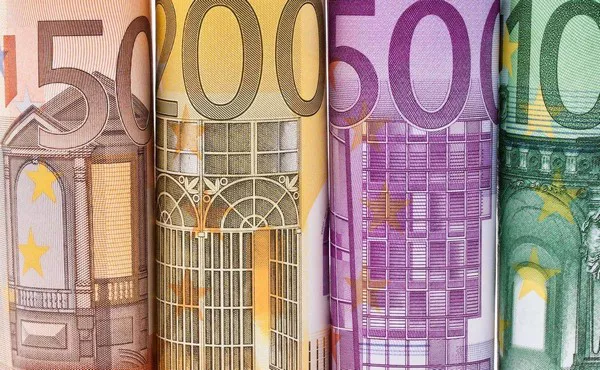GBP/USD saw a strong rebound on Tuesday, pushing back above the 1.3300 level and recovering most of its early-week losses. The currency pair’s movement was driven primarily by shifts in global market sentiment, particularly related to fluctuations in the US dollar. UK labor market data had little impact, and the market’s response to the US Consumer Price Index (CPI) inflation figures was similarly subdued. Investor focus continues to center on the ongoing trade negotiations between the Trump administration and various global partners, though all tariff concessions made by the US remain temporary.
In the UK, the quarterly ILO Unemployment Rate inched up to 4.5%, as expected, while the Claimant Count Change for April rose by 5.2K—far below the anticipated figure. However, this increase still marked a significant improvement compared to March’s 16.9K decrease in the number of newly unemployed individuals. In the US, CPI inflation eased slightly in April, falling to a fresh three-year low for annualized headline inflation. Despite this, market experts expect the Trump administration’s aggressive tariff strategy to have more pronounced effects starting in May, forecasting that this will likely be the last strong CPI reading for the foreseeable future.
Looking ahead, markets will turn their attention to UK Gross Domestic Product (GDP) figures for the first quarter, set for release on Thursday. Analysts expect a modest increase in quarter-on-quarter GDP growth, forecasting a rise of 0.6% for Q1 compared to the previous quarter’s 0.1%. However, on an annualized basis, forecasts suggest that last year’s economic slump will still weigh on the data, with year-on-year GDP expected to ease to 1.2% from 1.5%.
In the US, the Producer Price Index (PPI) inflation data and the University of Michigan’s latest Consumer Sentiment Survey will be released later in the week, with PPI set for Thursday and the sentiment report scheduled for Friday.
GBP/USD Price Outlook
The recent bullish reversal in GBP/USD sets the stage for a potential period of consolidation in the near term. Price action has been erratic since the pair slipped from recent highs near 1.3450, but bearish momentum has struggled to push the pair back toward the 50-day Exponential Moving Average (EMA) at 1.3100, suggesting the potential for a range-bound trading phase in the coming days.
Related Topics:






















